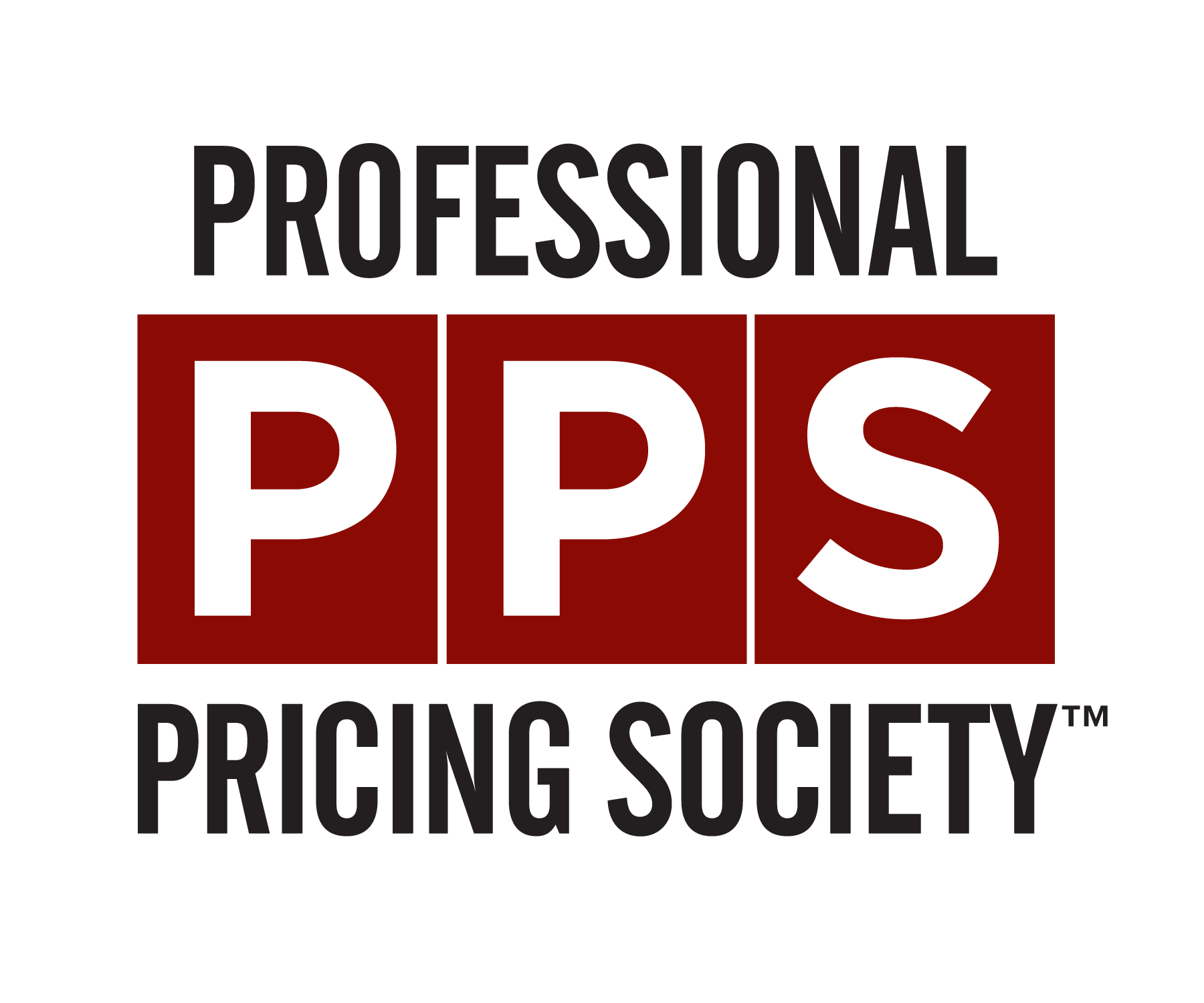Guest Blog: Tariffs and Optimal Prices
- PPS
- 1 hour ago
- 3 min read

Guest Author: Hermann Simon
The tariffs introduced and threatened by President Trump are causing extreme turbulence in the global economy and are fueling heated discussions. The focus is on politics, fear of recession and aspects of trade wars. In contrast to this, in this article we want to turn to the implications for businesses and show how such tariffs affect the optimal prices of a company exporting from Germany to the USA. Crucial, and this has hardly been mentioned in the discussions so far, is the reaction of American customers to unavoidable price increases. Only if these reactions are known quantitatively can the effects on sales and profits be anticipated and optimal prices set. To calculate the impact of tariffs, one must therefore know the price elasticity or the price response function in the US.
Without this information, one is groping in the dark.
Import tariffs can be applied as an ad valorem duty or a specific duty. A specific duty is equivalent to an increase in marginal costs. The Trump tariffs are ad valorem tariffs, which are levied as a percentage of the import value or, in other words, the manufacturer's selling price.
To illustrate the effect of an ad valorem tariff, we need to refer to a specific numerical example. Only in this way do the effects become transparent and understandable. And these effects are completely different from the frequent statement that a 20% tariff leads to a 20% price increase. We look at a consumer good and use the price response function
Monthly Sales in 1000 Units = 100 - 10x Retail Price
The marginal costs of this product are 5 euros. We now consider an ad valorem duty with rates of zero, ten and twenty percent. The table shows the prices that maximize profits for each tariff rate, along with other key figures.

The result is by no means as trivial as just increasing the price. Rather, the manufacturer's selling price decreases with a higher tariff rate, by 6.1% at 10% tariff and by as much as 11.1% at 20% tariff. By contrast, the optimal retail price increases by 3.3% at 10% tariff and by 6.7% at 20% tariff. The sales volume decreases due to the higher retail price by 10% with a 10% tariff and by 20% with a 20% tariff. The combined effect of a lower manufacturer's selling price, and thus a lower unit contribution margin, and lower sales volume leads to a serious decline in profits. The decline in profits with a 10% tariff is 26.6%. At a tariff rate of 20%, almost half of the profit is lost. The impact of higher tariffs on profits is therefore drastic. These profit losses are offset by the US government's tariff revenues. Interestingly, the sum of profits and tariff revenues is lower than the profit without a tariff.
Of course, the reality is more complex than this example suggests. The price elasticity in the example is a relatively high -3. Many German export goods to the US have lower price elasticities. Germany’s biggest export good are pharmaceuticals, whose sales are less sensitive to price increases. In second place are machines, which are mostly specialized machines. In the last few days, I have spoken to several manufacturers who told me that machines of their type are not manufactured in the US at all, but have to be imported. Nevertheless, they expect extremely tough price negotiations from their American customers. However, there is another aspect. The assumed price-demand function is linear, which makes sense for not too large price increases. However, if the price increases exceed certain thresholds, there is a slump in demand. For example, recent surveys of American consumers show that a 5% price increase would result in only 5% of consumers no longer buying the category at all, whereas a 20% price increase would result in 22% not buying and 36% switching to cheaper alternatives. At moderate tariffs, German products probably get off lightly, but at rates of 20%, German products could lose half of their sales.
An important difference between tariffs and taxes is of a competitive nature. While a tax treats all competing products in a country equally, a tariff only affects imported products, thus worsening their competitive position compared to domestic products.
In summary, the effects of Trump's tariffs on optimal pricing are more complex than assumed in the prevailing debate, and without precise and reliable information on the behavior of American customers, one is groping in the dark.
About the Author
Prof. Dr. Dr. h.c. mult. Hermann Simon is the founder and honorary chairman of Simon-Kucher, the world market leader in pricing consultancy. His new book “Preismanagement” was recently published.
